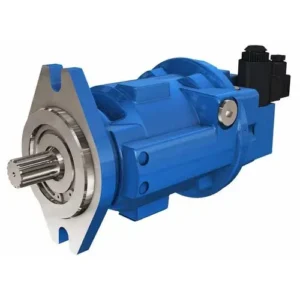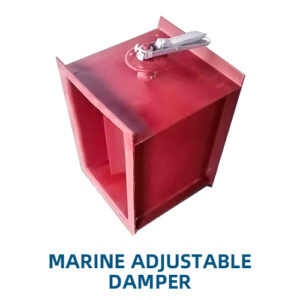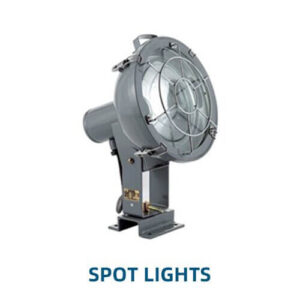Key Features of Control Valve
1. Types and Functional Configurations of Control Valves
Control valve comes in directional, pressure, and flow-control configurations. Each type serves a unique role—from routing fluid between actuators to limiting pressure surges or adjusting flow rates—depending on the hydraulic system’s demands.
2. Construction and Materials
Manufacturers use precision-machined steel or corrosion-resistant alloys to construct durable valve bodies. Seals and spools are designed to withstand high pressure, temperature changes, and continuous cycling in marine conditions.
3. Flow and Pressure Management of Control Valves
These valves manage fluid accurately under high loads and variable system demands. Operators can fine-tune flow rate, pressure relief, or speed control, which helps protect hydraulic components and ensures consistent performance.
4. System Integration and Port Configurations
Control valves integrate easily into hydraulic circuits using standardized BSP, NPT, or SAE port connections. Modular and manifold-mounted designs allow fast installation into power packs or custom hydraulic blocks onboard.
5. Actuation Methods of Control Valves
Units are available in manual, electric, hydraulic, or solenoid-actuated versions. This flexibility supports both remote control via bridge panels and manual override for emergency or maintenance operations on deck.
6. Precision and Feedback Options
Some valves include integrated sensors or feedback ports to allow real-time monitoring of system pressure or position. These features are essential for automated marine systems that require accurate, responsive control.
7. Maintenance and Service Access of Control Valves
Engineers can quickly service these valves by accessing filters, spools, or actuators through external ports or removable covers. Routine flushing and inspection extend their operational life with minimal effort.
8. Compliance and Certifications
All control valves comply with ISO 4401 and marine-specific standards for safety and reliability. Classification bodies like DNV, ABS, and Lloyd’s Register approve them for use in seagoing hydraulic systems and offshore applications.






